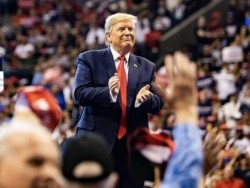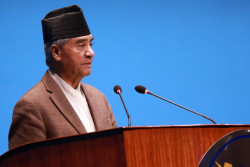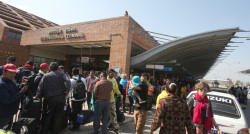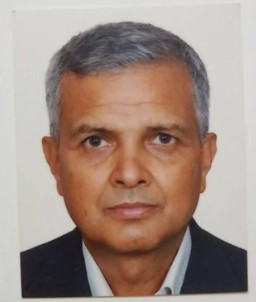Opinion
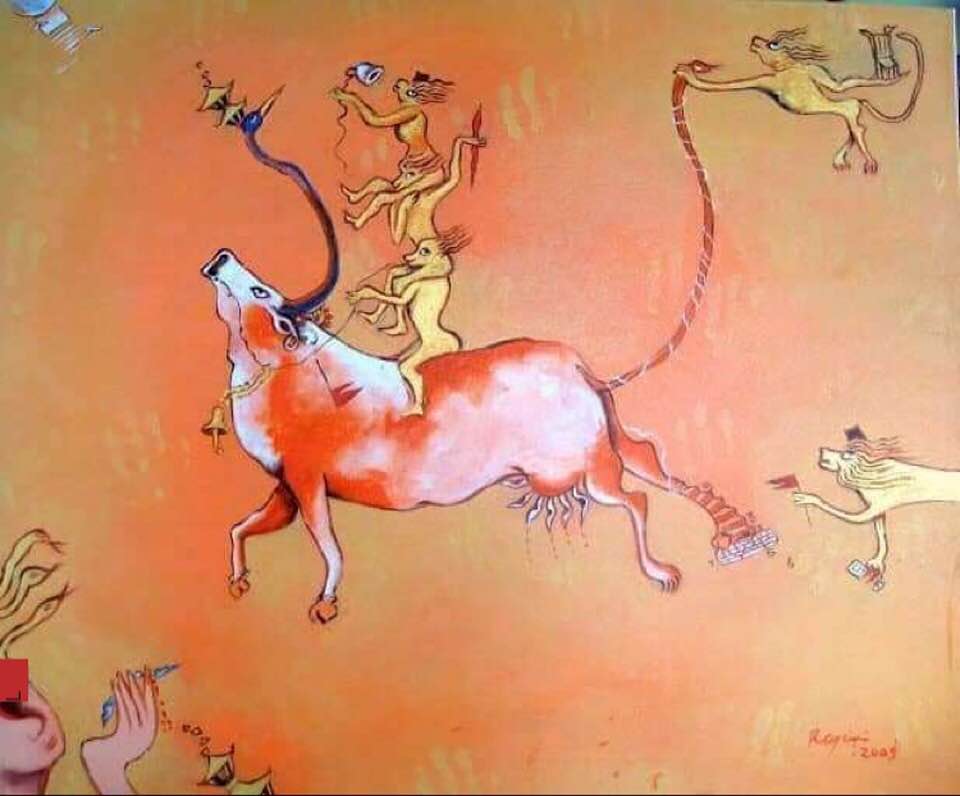
Nepal at present has witnessed a sharp political polarisation giving rise widespread general impression that the politics is becoming unpredictable. Given the turns of events unfolding in our political landscape over the last couple of years, one cannot predict the direction and course our politics is heading towards. While political parties are key actors in a multi-party system the general people see the political parties and their leaders as the least trust-worthy and least credible.
The more the politics becomes polarized, the more the society becomes fractured. Over polarization leads to over radicalization which may be fatal to democracy. The soul of democracy is tolerance and plurality. In a divided society coupled with radicalized politics, plurality and tolerance find the least space.
Superstructure vs substructure
American political scientist Francis Fukuyama, in his book, ‘Political Order and Political Decay’ says ‘political decay is a condition of political development: the old has to break down in order to make way for the new’. In Nepal’s case, the old system has collapsed but the new one has still to develop and take roots. In the aftermath of the ‘third Jana Andolan’ or the People’s Movement of 2005-2006, Nepal’s superstructure changed. The country transformed from monarchical system to a republican set-up, from a unitary state to a federal system. However, the inner institutions and mind-set of those in the helms of affairs continue to be the same old frame of mind, unable to adapt to a new course. In the interregnum of political transition, this often happens. But Nepal’s case is unique as politics continues to be in perpetual transition since the country's unification.
In its chequered history, Nepal has experienced and experimented with different types of systems and regimes ranging from feudal monarchy to family oligarchy to absolute monarchy to constitutional monarchy to a federal republic. Until 1951, Nepal remained under the dark feudal and oligarchic system, when certain clans ruled and ruined the fate of Nepal denying even the basic rights and conditions for the people. Under the feudal oligarchic rule, people were treated not as citizens but as subjects.
The wave of decolonization and national liberation movements sweeping across the world and, more particularly, India’s freedom movement had a greater impact on Nepal. The family oligarchic rule of Rana clan was overthrown by the people’s movement in 1951 ushering in a new era of multi-party democracy in Nepal.
Wasteful decade
The new found democratic set up went through a tumultuous phase of trials and tribulations in a decade following the 1951 political change. The king whose power was restored by the democratic movement went against the very spirit of the movement and created a height of political instability with frequent changes of government pitting one set of people against the other. The king staged a coup and imposed his absolute regime in 1960 sending the democratically elected prime minister to prison and disbanding the multi-party democracy. An astute king, however, manage to ensure survival of the absolute regime for almost three decades by dividing people at home while tactically manipulating the geopolitical advantage Nepal could offer during the hey days of the Cold War.
Return of democracy
The 1980s and '90s saw what Harvard professor and political scientist Samuel Huntington called ‘the third wave of democracy’ across the world tearing down the iron curtains and walls of tyrannies of different kinds. Nepali people, too, joined this global bandwagon and triumphed in the battle for restoring the once-hijacked freedom and democracy in 1990, but soon started facing assaults from both the rightist and leftist camps. Inability to manage the internal rifts and failure to live up to general expectations of the people through delivery of goods and services gave rise to popular resentment towards the parties from which both the far rightists and extreme leftists took advantage. The violent armed rebellion launched by the Maoists spread like a wildfire across the country, while the king again took over power against the fundamental spirit of multi-party democracy attesting that monarchy was an arch foe of democracy.
When the king acted against democracy yet again, the political parties and people came to the conclusion that monarchy would pose a perennial threat to democracy. The Jana Andolan III not only reinstated the democratic polity but also paved the way for bidding adieu to a well over two centuries old monarchy.
General apathy
Nepal, now, is a federal democratic republic. However, the public resentment is high against the political parties as they have failed to deliver what they had promised to the people, which has also caused public apathy towards the system itself. We have experimented different types of systems and regimes but the fundamental problems remain unresolved. The problem is not with the system but with the people who handle it. Sheer incompetence of leaders accompanied with malice intention has led to systemic failure, the manifestation of which is the conflict between three branches of the government — legislative, executive and the judiciary.
Opportunistic alliances
Amidst this systemic dysfunction, general elections are scheduled for November 20. The upcoming elections will witness a ferocious electoral battle not among individual parties but between two rival alliances. Nepali Congress has formed an alliance consisting of ruling parties namely, the CPN (Maoist Centre), CPN-Unified Socialist and the National United Front. Similarly, the CPN-UML has formed a rival alliance with Janata Samajbadi Party and Rastriya Prajatantra Party to face the ruling alliance. This is a unique scenario in Nepal’s electoral history. Alliances of different hues had also been in the past but they were in some isolated cases. The pre-poll alliance has been more institutionalized since 2017 election.
In the local election in 2017, there was an alliance between the Nepali Congress and the CPN-Maoist Centre. Other parties contested the elections on their own strengths. In the general elections held the same year the Congress-Maoist alliance broke up. The Maoists switched its allegiance and formed the alliance with the CPN-UML. The alliance achieved close to two-thirds majority in the federal parliament. The UML-Maoist combine could form governments in six out of seven provinces keeping the Nepali Congress out of power both in the federal as well as provincial levels.
The UML-Maoist alliance later morphed into party merger forming the Communist Party of Nepal (CPN) and boasting to have accomplished the historic task of unifying a communist movement in Nepal. But the unity lived short due to opportunistic and cunning behaviour of the two principal leaders – KP Oli and Prachanda. This time the party split into three factions, each scrambling to outclass the others. Now the alliances have changed. Two rival alliances — ruling alliance versus opposition alliance — are in the fight. Both are opportunistic alliances not based on ideology and values but only for power, which makes the politics further unpredictable.
